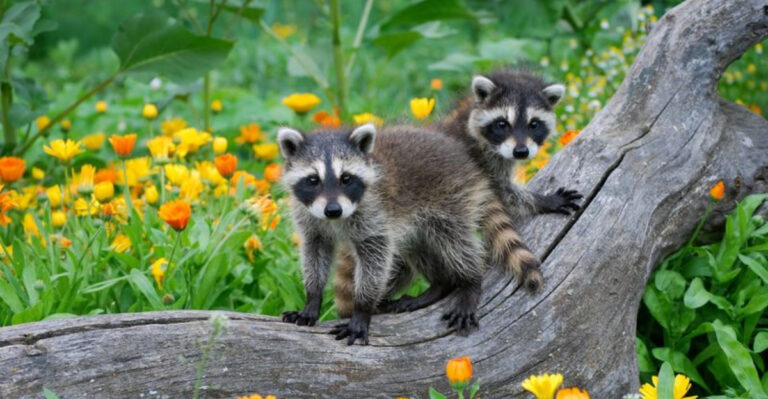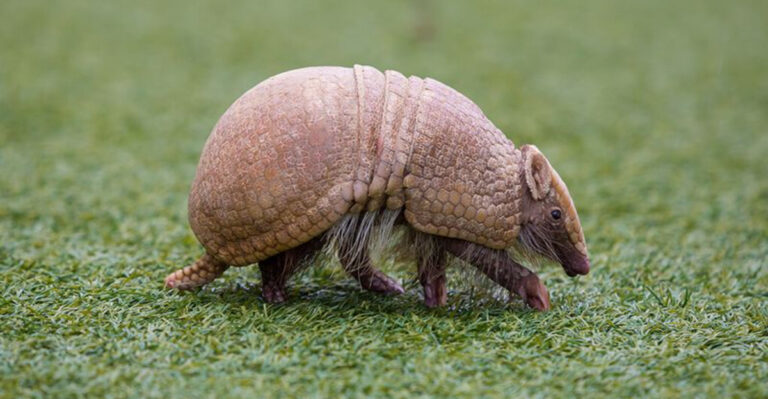America’s States Most Infested With Copperheads

Copperheads are among North America’s most common venomous snakes, known for their distinctive copper-colored heads and hourglass-patterned bodies.
While rarely fatal to humans, their bites can cause serious pain and tissue damage. These adaptable pit vipers thrive in various environments across the eastern and central United States, with some states experiencing significantly higher populations than others.
1. Tennessee

The Volunteer State’s diverse landscape of mountains, valleys, and forests creates perfect hiding spots for copperheads. They particularly love the rocky outcrops of the Appalachians and the leaf litter in deciduous forests.
Tennessee’s warm climate extends their active season, making snake encounters more common from spring through fall. Local wildlife officials report hundreds of copperhead bites annually, mostly occurring when people accidentally disturb hidden snakes.
2. North Carolina
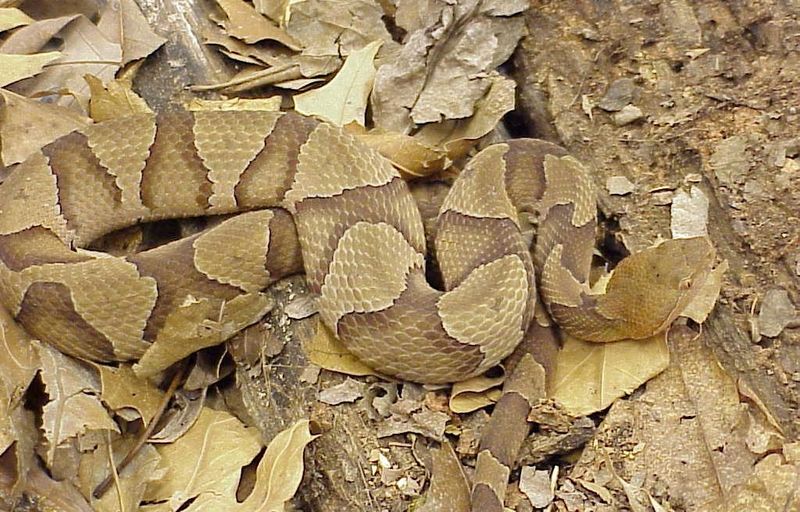
Copperheads flourish throughout North Carolina’s varied terrain, from the Coastal Plain to the Piedmont region and mountain foothills. Their extraordinary camouflage makes them nearly invisible against forest floors covered in pine needles and dead leaves.
Researchers at NC State University track these snakes using radio telemetry, revealing they often live surprisingly close to human developments. North Carolina’s expanding suburbs increasingly overlap with prime copperhead territory, leading to more frequent human-snake interactions.
3. Georgia
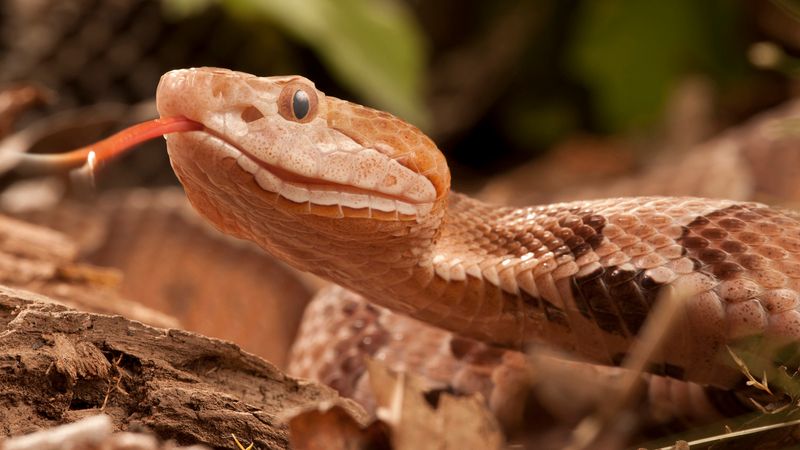
Georgia’s rich tapestry of ecosystems—from the Appalachian highlands to coastal plains—provides copperheads with abundant habitat options. These adaptable serpents thrive in the state’s humid conditions and dense underbrush.
Surprisingly, suburban Atlanta reports some of the highest encounter rates in the state. Copperheads readily adapt to landscaped environments with mulch beds, ornamental shrubs, and water features that mimic their natural habitats.
4. Virginia
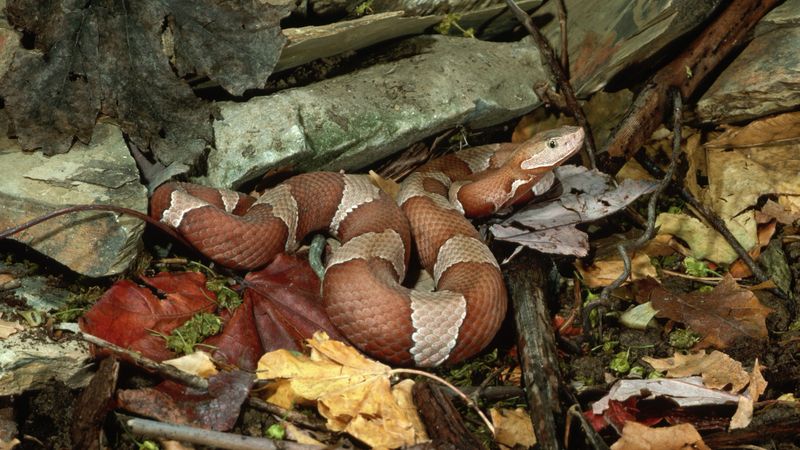
Virginia hosts copperheads in almost every county, with the highest concentrations in the Piedmont and Blue Ridge regions. These snakes masterfully exploit Virginia’s mosaic of forests, fields, and wetlands.
Unlike many snake species, Virginia’s copperheads often form winter dens with other snakes, including rattlesnakes and black rat snakes. The Virginia Herpetological Society documents that copperheads comprise nearly 70% of venomous snake encounters in the state.
5. Arkansas

Arkansas earned its nickname as the “Natural State” partly due to its incredible biodiversity—which includes thriving copperhead populations. The Ozark and Ouachita Mountains harbor particularly dense concentrations of these amber-hued vipers.
Farmers and outdoor enthusiasts frequently spot these snakes along field edges and hiking trails. Arkansas’s combination of rocky hillsides for basking and damp valleys for hunting creates ideal conditions for copperheads to complete their entire life cycle.
6. Kentucky

Kentucky’s rolling hills and limestone-rich terrain create numerous crevices and hideaways perfect for copperheads. These snakes particularly favor the state’s eastern regions, where Appalachian foothills provide ideal denning sites.
Kentucky’s hot summers drive copperheads to become more nocturnal, increasing twilight encounters with humans. Bluegrass State residents often spot them around farm outbuildings and woodpiles where mice—their favorite prey—also congregate.
7. Mississippi
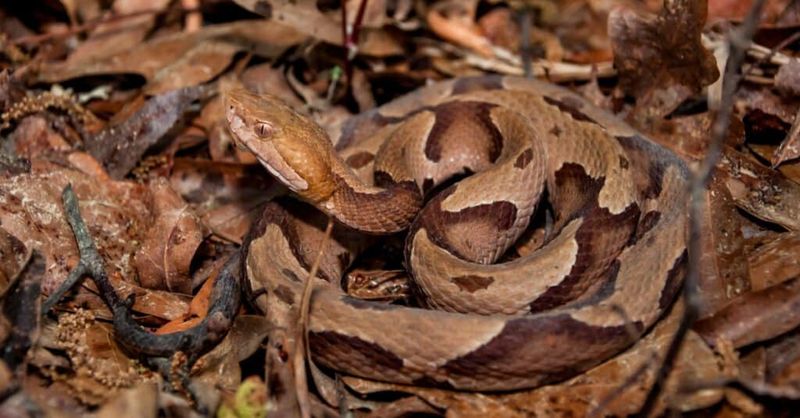
Mississippi’s steamy climate and abundant rainfall create lush environments where copperheads thrive year-round. Unlike northern states, Mississippi’s mild winters mean these snakes rarely need to fully hibernate.
The state’s bottomland hardwood forests and creek beds serve as copperhead superhighways. Local outdoor enthusiasts have developed a keen eye for spotting their distinctive hourglass pattern among fallen leaves and branches during hunting and fishing excursions.
8. Alabama

Alabama’s hot, humid summers and mild winters create perfect conditions for copperheads to flourish across the state. Their population density peaks in the mountain regions and river valleys where rocky terrain meets dense vegetation.
Unique to Alabama, copperheads here sometimes display slightly different coloration patterns than their northern cousins. Auburn University researchers study these regional variations while tracking the snakes’ impressive adaptability to both wilderness and suburban environments.
9. South Carolina
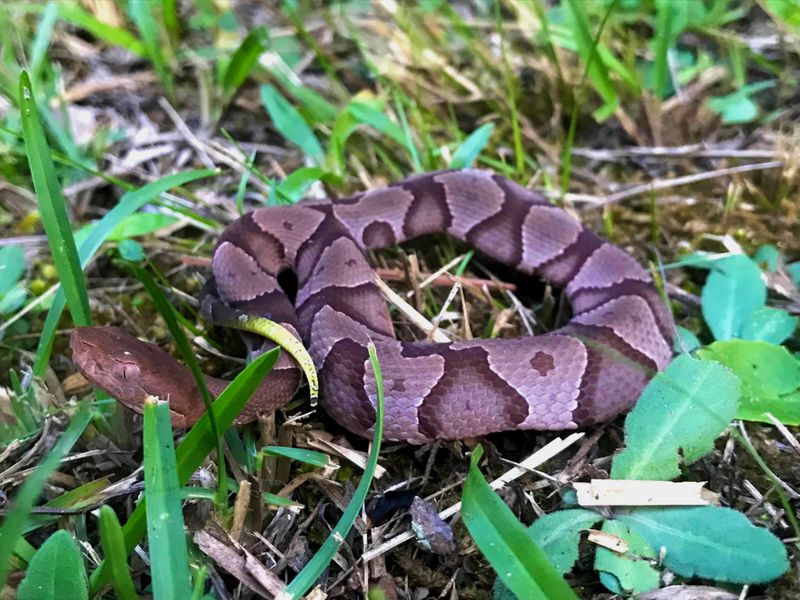
South Carolina’s diverse landscapes—from coastal marshes to the Piedmont—harbor abundant copperhead populations. These adaptive snakes even manage to thrive in Charleston’s historic neighborhoods, hiding in ornamental gardens and beneath old buildings.
Palmetto State residents report year-round sightings due to the mild climate. Clemson University’s wildlife program monitors increasing copperhead adaptations to urban environments, noting they’ve become remarkably successful at utilizing man-made structures and landscaping as habitat.
10. Texas
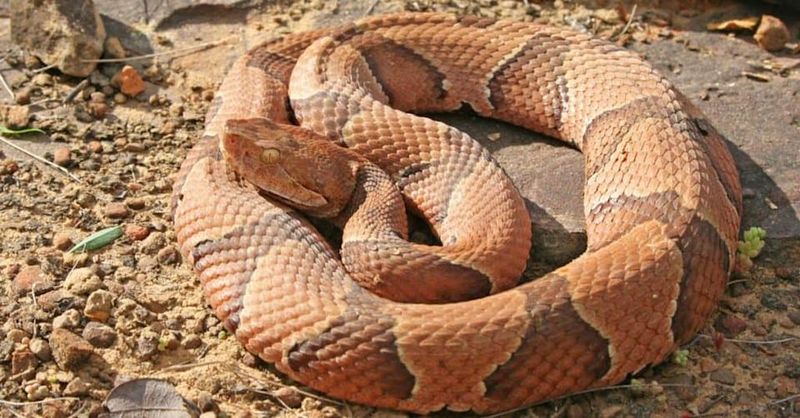
Everything’s bigger in Texas—including the copperhead habitat range. The Lone Star State hosts three distinct subspecies: the southern, broad-banded, and Trans-Pecos copperheads, each adapted to different regional ecosystems.
Texas’s diverse landscapes, from east Texas pine forests to central Hill Country, provide ideal conditions for these snakes. Hill Country residents particularly note copperhead prevalence around limestone outcroppings and near seasonal creeks where the snakes hunt for frogs and lizards.
11. Missouri

Missouri’s nickname—the “Cave State”—hints at why copperheads thrive here. The karst landscape provides countless rocky crevices and bluffs where these snakes den during winter months.
These adaptable predators exploit Missouri’s mixed habitats, from Ozark forests to prairie edges. Conservation officials note that copperheads play a vital ecological role controlling rodent populations across the state, despite their fearsome reputation among outdoor enthusiasts.
12. Oklahoma

Oklahoma’s diverse topography—from eastern forests to western plains—supports robust copperhead populations statewide. These versatile snakes particularly concentrate in the cross-timbers region where forests and prairies intermingle.
Sooner State residents commonly encounter copperheads during summer evenings when the snakes emerge to hunt. Oklahoma’s combination of hot days and warm nights creates extended hunting opportunities for these primarily nocturnal predators, especially around residential areas adjacent to natural habitats.




